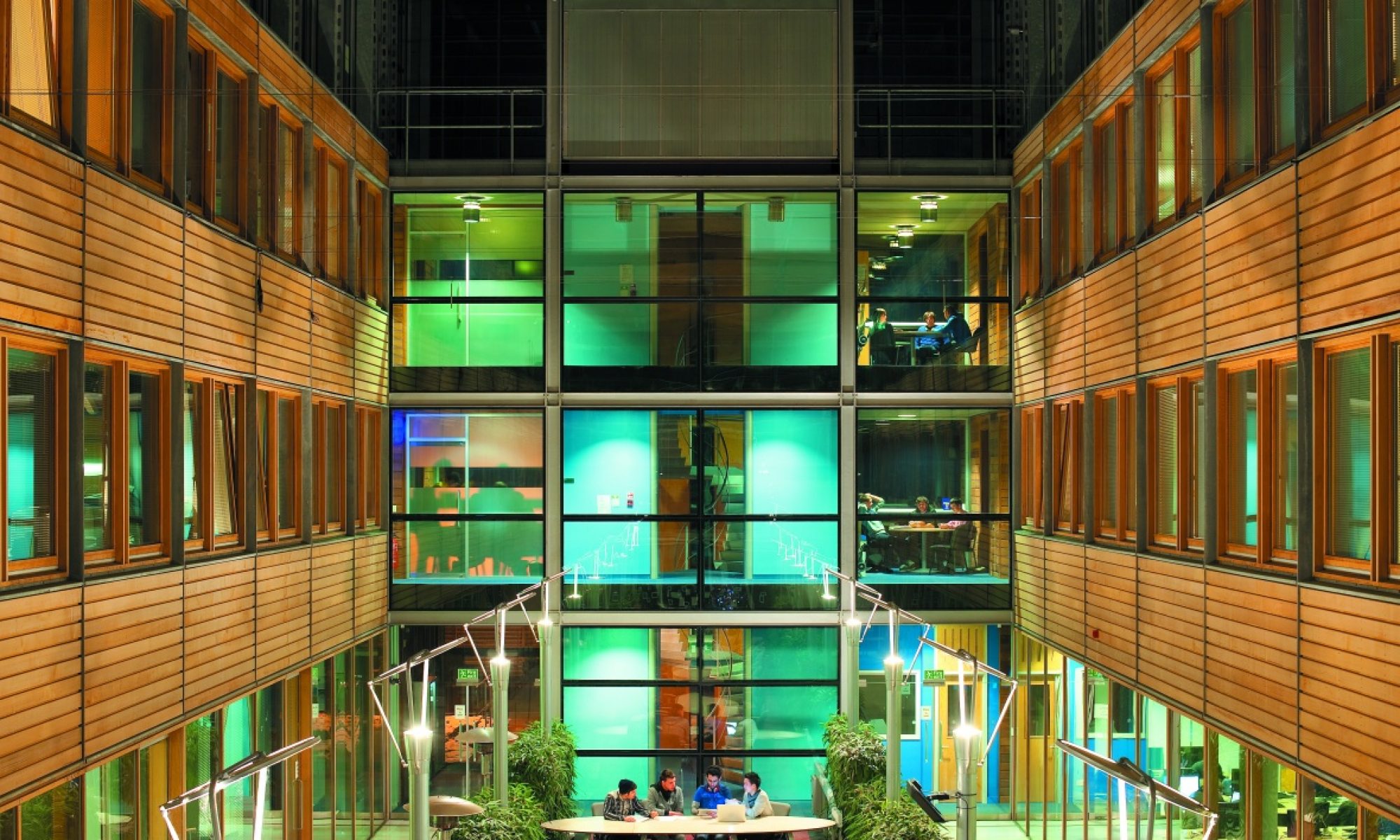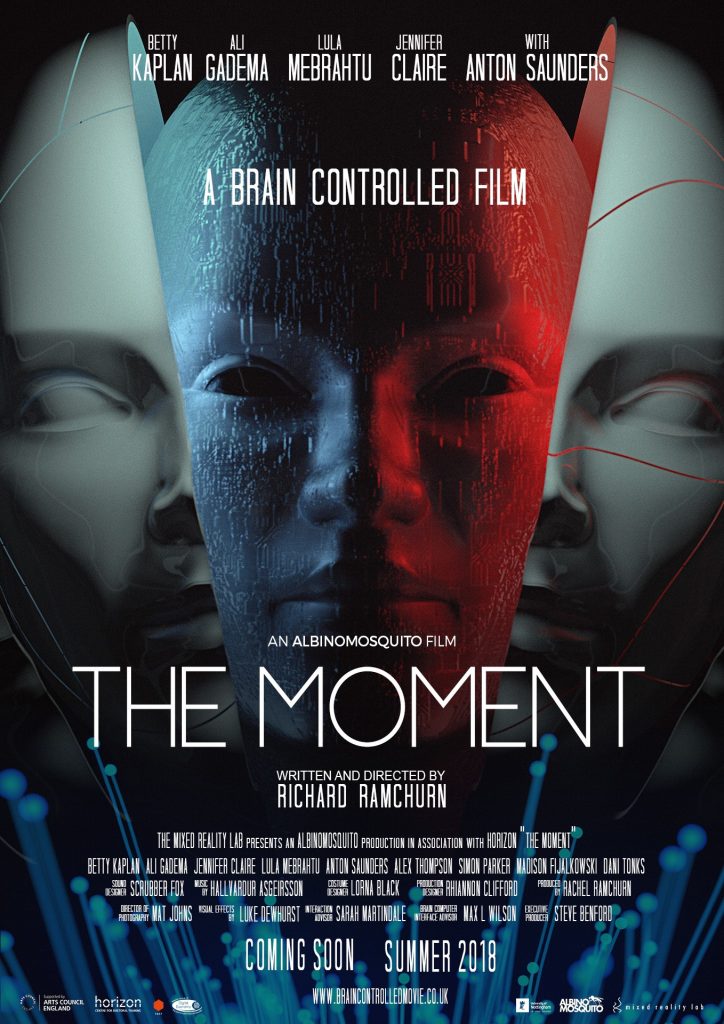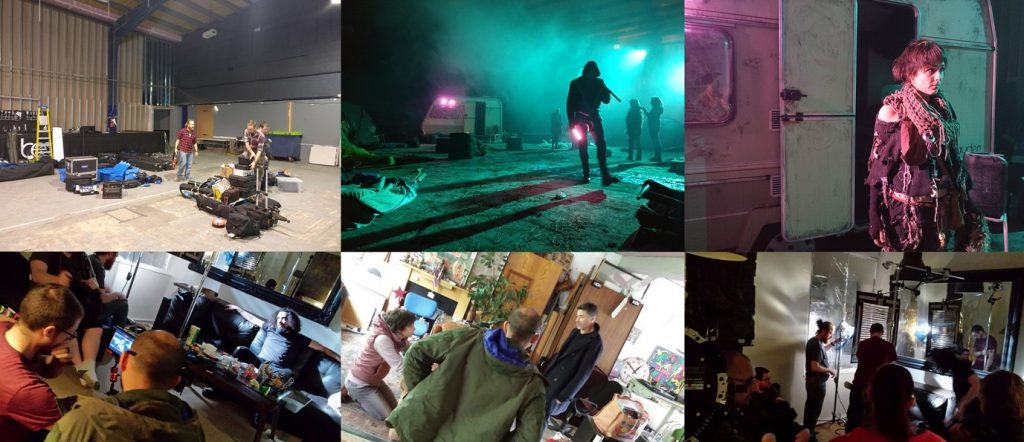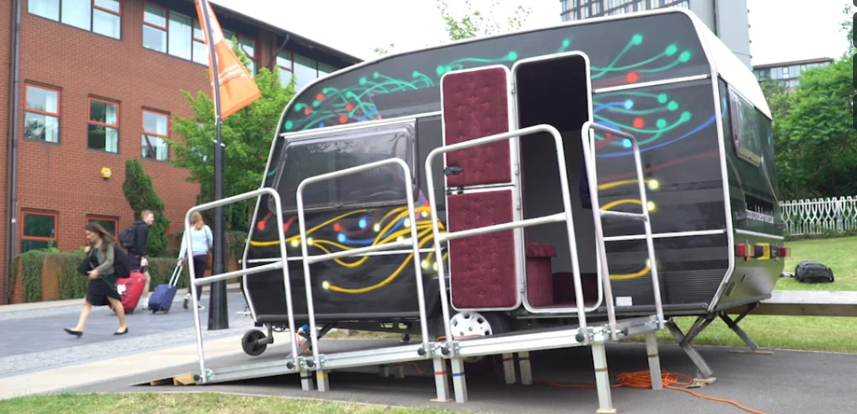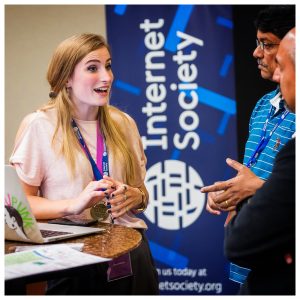Post by Siyang Song (2016 Cohort)
Venue: FG 2018, Xi’an, China https://fg2018.cse.sc.edu/
Paper Title: Human Behaviour-based Automatic Depression Analysis using Hand-crafted Statistics and Deep Learned Spectral Features
The work presented in this paper is the extension of my CDT PLP module. During the PLP, we found that current clinical standards for depression assessment are subjective, and requires extensive participation from experienced psychologists. Therefore, my supervisor (Dr. Michel Valstar) and I explored a video-based automatic depression analysis approach, and find our approach beat state of the art systems in a dataset. As a result, we decided to write a paper about this approach.
This bulk of the paper was written by me. Since I didn’t have much experience about writing paper at that point, my supervisor helped and taught me about how to organize a paper, as well as how to implement ablation studies to show the strengths of the proposed approach. In addition, my external partner (Prof. Linlin Shen) also helped me to check the typos and languages. After, several rounds improvement, we eventually submitted the paper to FG conference which focus on the automatic face and gesture analysis.
Three months after the submission, we received the reviewers comments, where two of them gave ‘weak accept’ and two of them gave ‘borderline’. In the rebuttal, we addressed issues one by one. For some real drawbacks, we made some changes. Also, some comments were gave due to the misunderstanding of the paper. To deal with them, we detailed explained in the rebuttal.
Posters:

This study is the basis of my PhD study. Based on this work, while we continuously developing a better model for practical use, we also looking to other temporal modeling methods.
Building several models for not only depression analysis, but also personality traits and anxiety analysis.
https://ieeexplore.ieee.org/stamp/stamp.jsp?arnumber=8373825
–originally posted on Siyang’s blog
